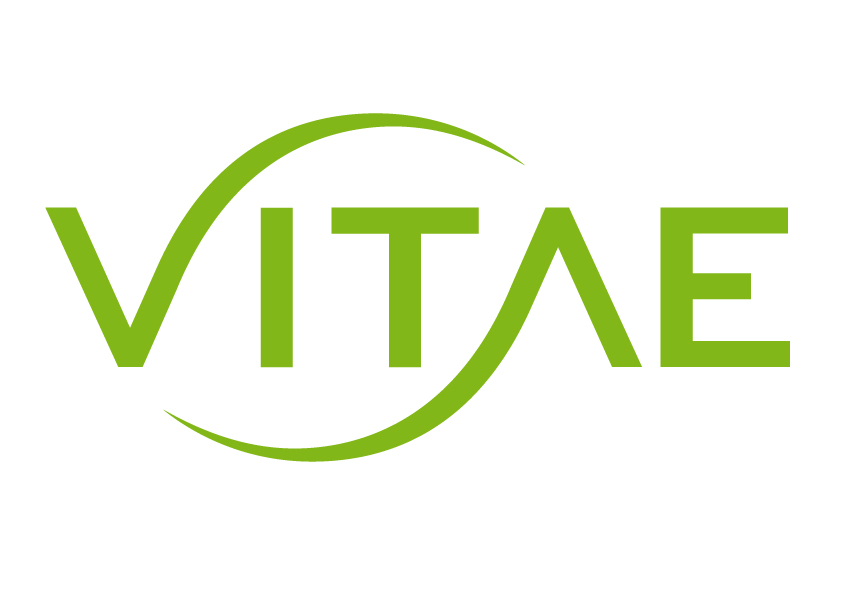According to recent who data, cardiovascular diseases are the leading cause of death worldwide. Every year more people die from any of these diseases than from any other cause. It does not all end here, it is estimated that by 2030, almost 23.6 million people will die from cardiovascular disease, mainly due to heart disease and stroke. This data can be shocking for the vast majority of us, largely unaware of this information. By cardiovascular diseases we understand, high blood pressure, coronary heart disease (myocardial infarction), cerebrovascular disease (stroke), peripheral vascular disease, heart failure, rheumatic heart disease, congenital heart disease and cardiomyopathy. Dr. Helena Rutllant, reflects on cardiovascular health, not only somewhat alarming, but also to be taken into account in order to enjoy a good quality of life.
1. Who states that cardiovascular diseases are the leading cause of death worldwide. A very impressive fact.
Indeed, it is information that must be kept in mind. If the population in general knew the data provided by WHO, the perception that cardiovascular diseases have a lower impact on health than, for example, cancer, would vary significantly.
2. Why is our cardiovascular health so fragile? Which are the risk factors?
One of the main factors that influence cardiovascular health is our lifestyle. We become more and more comfortable, we are going to work by car, we spend the day sitting and generally, our work activities require less physical work. Each time we demand less effort to our metabolism, therefore, we do not need to burn part of our reserves to maintain body temperature. An example of this would be heating or air conditioning, which distort in such a way the reality that it seems that in winter we are in summer and vice versa.
Another important factor is an inadequate diet. Progress and evolution are positive in many aspects, but not in others. A good example of this is the fact that we have less and less time to cook, we consume pre-cooked dishes and refined foods. It should also be noted that we have opted for an increase in animal protein, decreasing vegetable protein. All this generates an increase in pathologies such as hypertension, diabetes, obesity, among others.
3. How do you think our current lifestyle influences?
Apart from the genetic or family predisposition, lifestyle is one of the main keys in almost all pathologies, not only in cardiovascular diseases. It is important to rest properly, manage stress and eat in a healthy and conscious way.
We should be using the resources that nature offers us in our geographical area, consuming seasonal and proximity products and adapting our food according to the season of the year. For example, in summer we will consume fruits with a higher amount of water so as not to dehydrate. Nature is wise.
4. In reference to cardiovascular diseases, a lot of emphasis has always been placed on garlic. How can a natural ingredient help us fight something that affects so many people throughout the year?
The beneficial properties of garlic have been known for many years, 5,000 years ago the Egyptians already knew about the properties of this ingredient. There are documents that look like the people who built the pyramids were given garlic to have more energy and vitality.
Our culture has used this ingredient throughout history, but there is a sector of the population that does not tolerate raw garlic well. At this time we can benefit from its properties thanks to a revolutionary fermentation process that eliminates the irritants present in raw garlic. During this aging process we enhance the active ingredients which are the ones in charge of the benefits at the level of vascular endothelium, homocysteine metabolism, nitric oxide production (hypertension) etc.
5. Finally, what prevention tips would you recommend?
I reiterate the importance of lifestyle and educating children from a young age about the importance of a healthy diet, proximity, with seasonal products etc. It is also highly recommended to perform physical activity on a regular basis.





